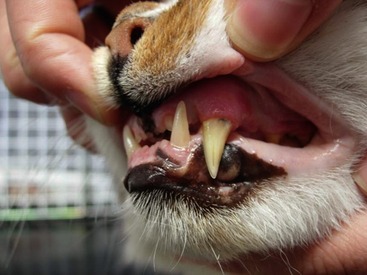acromegaly in cats prognosis
In most studies at least 23 cats had improved symptoms and 50-92 had improved control of their diabetes. Acromegaly can lead to abnormally rapid growth rates as well as a number of other medical conditions including diabetes mellitus kidney disease liver disease heart disease and degenerative joint disease.

Acromegaly In Dogs And Cats Sciencedirect
Characteristic effects of excessive growth hormone secretion include the development of diabetes mellitus and growth of the acral segments of the body jaw extremities skull etc.
. Specialists confirm the definitive diagnosis through imaging and by measuring the levels of certain hormones in the blood. Acromegaly occurs in older predominately male cats and is often associated with diabetes. Acromegaly is a rare disease caused by an overproduction of the growth hormone GH.
Affected cats can develop gradual changes in their appearance but because the disease develops over a long period of time owners may not notice any problems. According to statistics male cats around 10 years of age are more prone to acromegaly. Growth hormone is produced in an anterior lobe of the pituitary gland specifically by cells.
Difficult to control Feline Diabetes requiring higher than usual doses of insulin and weight gain vs. Acromegaly is a condition that comes about when something affects your cats pituitary gland and causes it to secrete more growth hormones than are necessary. We do not fully understand why feline vestibular disease occurs in many cases.
It is a rare disease but unfortunately it can be quite serious. Acromegaly Hypersomatotropism in Cats At a glance. Print off the owner factsheet on Acromegaly in cats Acromegaly in cats to give to your client.
Excess of the GH causes. Gross necropsy findings in acromegalic cats may include. Weight loss in cats.
Morphological changes in the head and extremities of the limbs. The keys to diagnosing Feline Acromegaly. Acromegaly is most commonly seen in older 10 years old neutered male cats that have insulin-resistant diabetes mellitus.
This is most often caused by an abnormal growth or tumor in the pituitary gland and the hormones may vary somewhat. This chapter discusses pathogenesis classical signs diagnosis treatment prognosis and prevention for acromegaly in cats. Acromegaly is an endocrine disease in which the excess secretion of growth hormone GH occurs.
Acromegaly in cats is a fairly uncommon but serious feline diseaseAcromegaly can have a significant impact on your cats health is most often associated with. This also applies to acromegaly in other species. Most cats with acromegaly do not show neurologic signs.
The condition is oftentimes difficult to diagnose as the symptoms are. Congestive heart failure renal failure Kidney. Pasireotide for the Medical Management of Feline Hypersomatotropism Why vets are often missing the cause of Feline Diabetes.
Unlike most diabetic cats with poorly controlled blood glucose levels who lose weight cats with Acromegaly will often if not always gain weight. Acromegaly in Cats. It is more common in cats than dogs.
The tissues of the soft palate may grow excessively leading to noisy breathing snoring and even upper airway obstruction. Acromegaly is a disease that can occur in cats and is caused by inadequate growth hormone secretion. The keys to diagnosis ANATOMY AND PHYSIOLOGY.
The prognosis for feline acromegaly varies and can be very difficult to predict for an individual cat. Exposure to certain toxins or drugs can also cause symptoms that mimic feline vestibular disease. The origin of this lesion in cats is due to the presence of a tumor in the pituitary gland.
Tumors are a less common cause but must be considered especially in older cats. The most common functional pituitary macroadenomas in cats is associated with increased production of growth hormone or acromegaly. Acromegaly occurs as a result of excessive growth hormone GH production.
However cats of any age or sex can develop acromegaly. Acromegaly in Cats Causes. It is caused by a.
Common symptoms associated with insulin resistance include weight loss despite a good appetite and increased thirst and urination. However no differences have been observed between different cat breeds. Feline acromegaly is caused by a pituitary adenoma that secretes excessive amounts of growth hormone.
The usual weight loss seen in cats with uncontrolled blood glucose levels are signs that your cat may have Acromegaly and should be. Morphological changes are another sign of acromegaly. Chronic kidney disease neurological signs or euthanazed due to painful polyarthropathy.
This tends to increase in size creating problems even at. Conditions such as middle- and inner-ear infections are common causes of the disease. Organomegaly limb deformation weight gain and other characteristic symptoms.
Acromegaly in cats is mainly caused by the presence of a pituitary adenoma that is a non-malignant but productive tumor responsible for the overproduction of growth hormone. Acromegaly is a relatively rare condition caused by excessive hormone production in the brain or in mammary gland breast tissue. Acromegaly Cushings Disease and Feline Diabetes.
Acromegaly is a hormone disorder due to a hormone-secreting tumour of the pituitary gland. Feline acromegaly has its origin in an adeno-hypophyseal lesion or an adenoma responsible for. Effects of growth hormone.
Feeling of intense thirst polydipsia. The average cat survived 25 months after SRT meaning that half of the cats lived a longer time and half lived a shorter time. Symptoms and Treatment Acromegaly in cats.
Acromegaly in cats originates in an adeno-pituitary lesion or an adenoma that is responsible for deregulation of the production of GH the growth hormone. Feline acromegaly is also called feline hypersomatotropism. Survival time 8-30 months.
Growth hormone has effects on the metabolism since an excessive production of it affects the. Feline acromegaly is an uncommon disease although it is thought to be underdiagnosed. The heart may enlarge and cats may develop abnormal heart rhythms and congestive heart failure.
Noisy breathing especially during sleep. Most die of complications eg congestive heart failure Heart. A large expansile pituitary mass hypertrophic cardiomyopathy with marked left ventricular and septal hypertrophy early or dilated cardiomyopathy late hepatomegaly renomegaly degenerative joint disease lumbar vertebral spondylosis moderate.
There is no single diagnostic test for feline acromegaly - a confident diagnosis relies on a combination of clinical signs feline growth hormone and insulin-like growth factor 1 levels and intracranial imaging. Other clinical signs due to this disease are.

Insulin Dependent Diabetic Cat Veterinary Teaching Hospital Washington State University

Acromegaly In Cats The Veterinary Nurse

Pdf Acromegaly In A Non Diabetic Cat
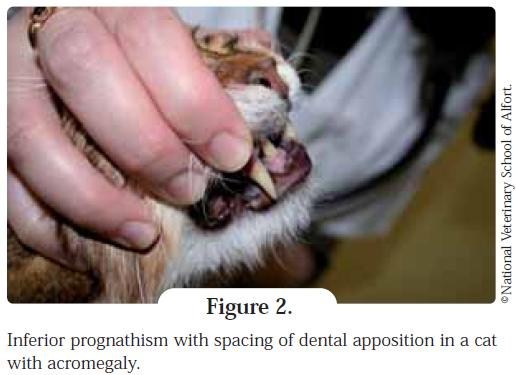
Vetgrad 10 Minute Top Up The Website For Vets

Tumors Of The Endocrine System Veterian Key

Acromegaly In Cats The Veterinary Nurse

Feline Acromegaly The Keys To Diagnosis

Acromegaly In Cats The Veterinary Nurse
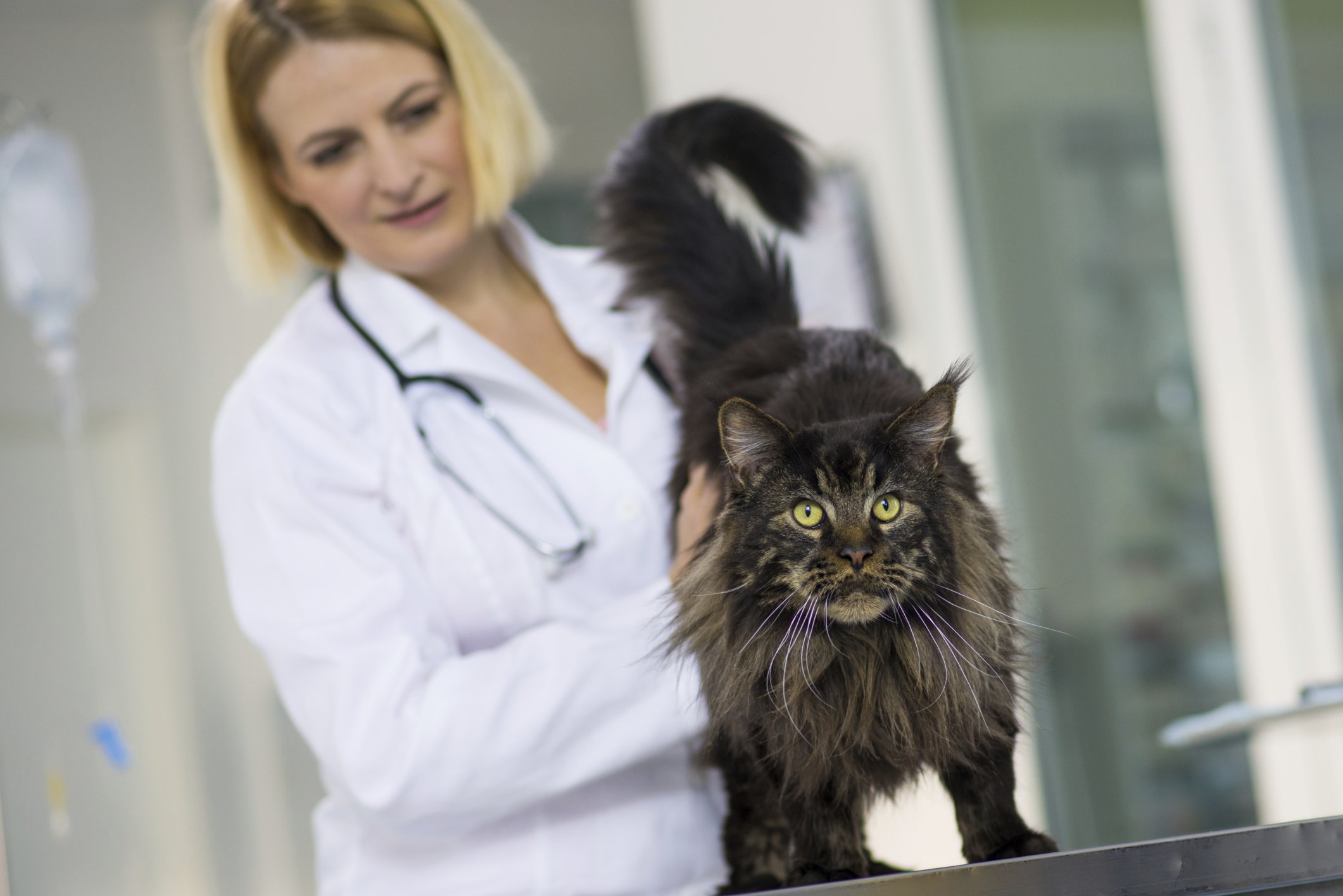
Diagnosis Feline Acromegaly Tufts Catnip
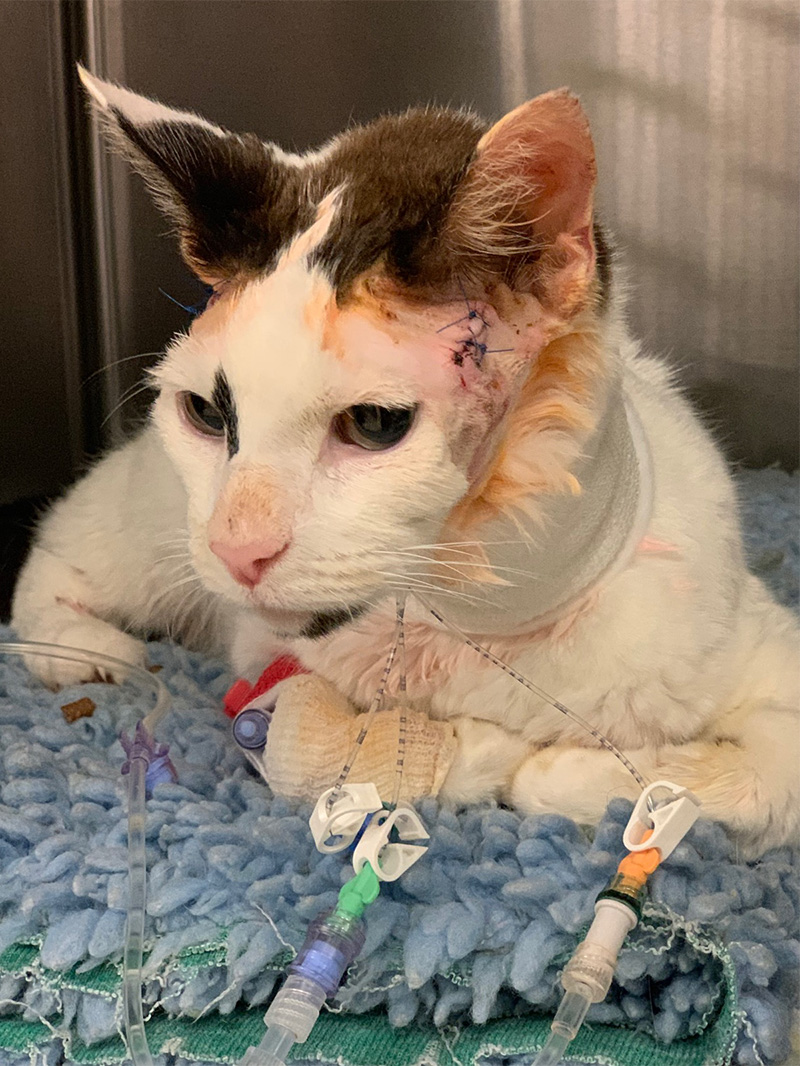
Pioneering Hypophysectomy Treatment Reaches 100 Case Milestone
Overview Of Endocrine Diseases Animal Endocrine Clinic

Pharmacological Treatment With Cabergoline In Three Cats With Acromegaly
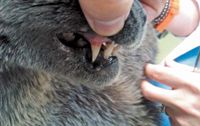
Feline Acromegaly The Keys To Diagnosis

Acromegaly In Cats The Veterinary Nurse

